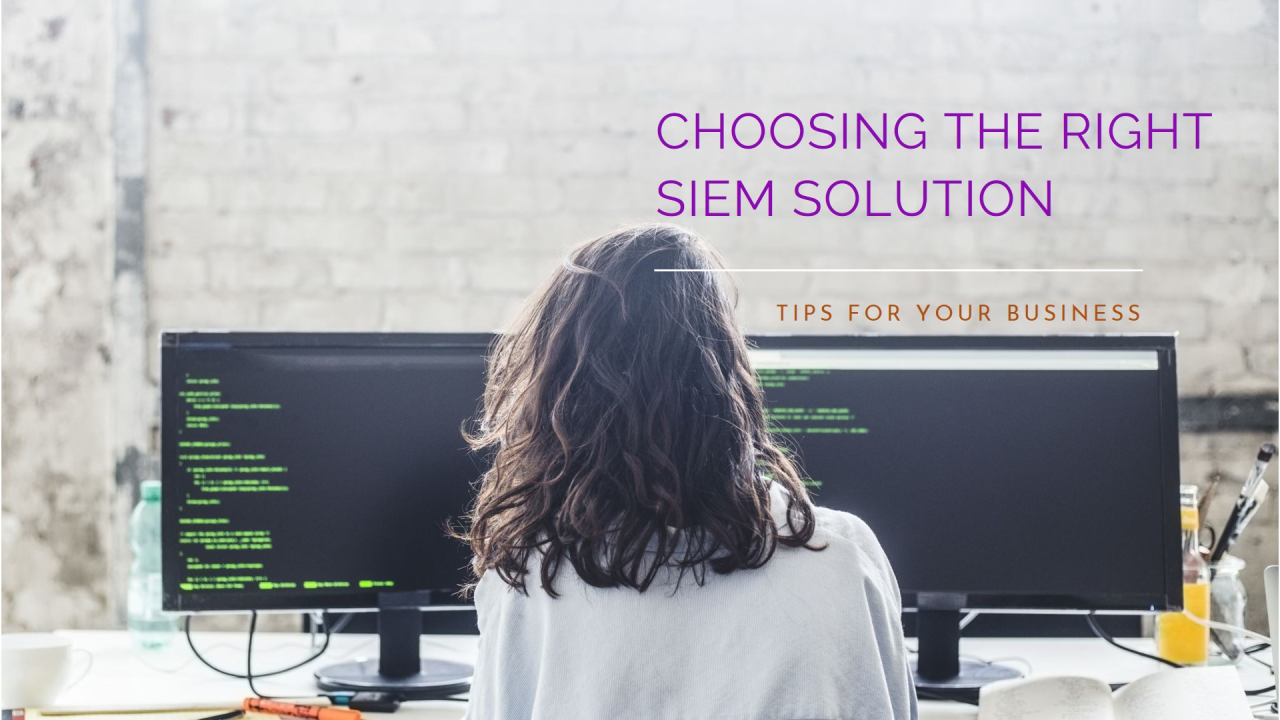
How to Choose the Right SIEM Solution for Your Business
Surendra Bairagi
Global Head of Sales & Strategies | Cloud Consulting & Cybersecurity Specialist | Empowering Businesses with Digital Transformation @ IBN Technologies Ltd
In today's digital landscape, Security Information and Event Management (SIEM) solutions are crucial for protecting businesses from a multitude of cyber threats. A SIEM solution provides real-time analysis of security alerts generated by various hardware and software infrastructures. However, choosing the right SIEM solution can be challenging due to the variety of options available. Here’s a guide to help you make an informed decision.
1. Understand Your Business Needs
Before diving into the features of different SIEM solutions, assess your organization’s specific needs:
2. Evaluate Key Features
Look for SIEM solutions that offer the following essential features:
3. Consider Integration Capabilities
A SIEM solution should seamlessly integrate with your existing IT infrastructure:
4. Assess Usability and Management
The ease of use and management are crucial for effective SIEM implementation:
领英推荐
5. Analyze Vendor Support and Reputation
Research the vendor’s reputation and support services:
6. Evaluate Cost and ROI
SIEM solutions can vary widely in cost. Consider the following:
7. Test and Compare Solutions
Before making a final decision:
Choosing the right SIEM solution is a critical decision for safeguarding your business from cyber threats. By understanding your needs, evaluating key features, and considering integration and support, you can select a SIEM solution that enhances your security posture and meets your organizational requirements.
If you need further assistance in choosing or implementing a SIEM solution, feel free to reach out to our team at IBN Technologies Ltd. We offer expert consulting and managed SIEM services tailored to your business needs.